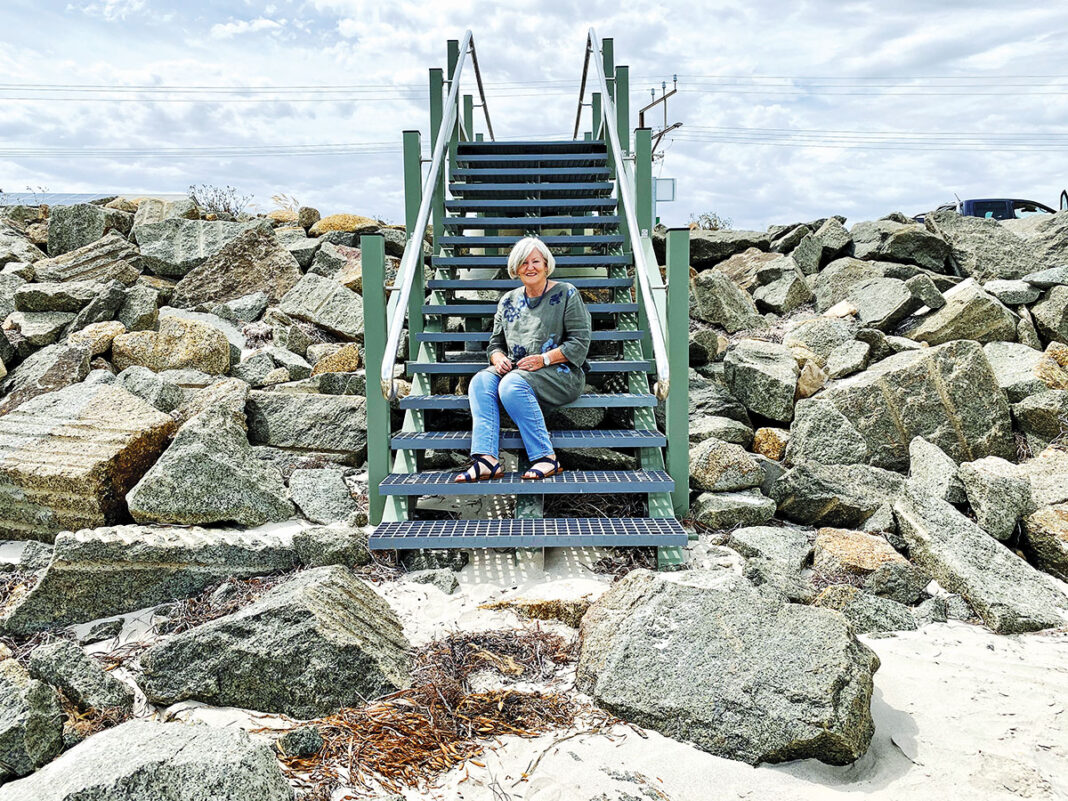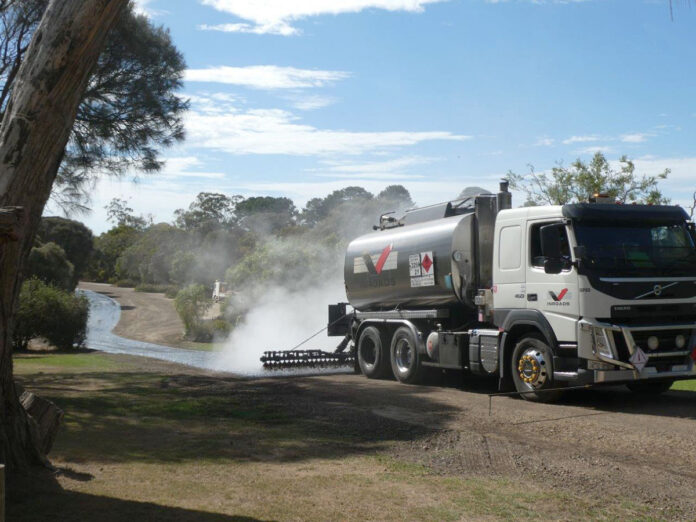The Kingston District Council has, after a robust community and stakeholder engagement process, unanimously agreed to defend the high-risk erosion area at Wyomi Beach.
The decision came in the wake of council’s recently completed Coastal Adaptation Strategy which identified that even with the existing seawalls in place, the beach, geotextile containers (sandbags), footpath and Telstra infrastructure are currently at risk.
Mayor Kay Rasheed said that over the past few decades, Wyomi Beach has experienced ongoing erosion in the order of one metre per year.
“By 2050, Marine Parade and multiple foreshore properties could also be at risk of erosion if we do nothing,” she said.
The council has been engaging with its community, key stakeholders, and those in the high-risk area since September last year.
On-line and in-person meeting have been held, as well as one-on-one opportunities with council’s chief executive Nat Traeger.
Ms Traeger said she was pleased with the engagement process.
“When we talk about homes and livelihoods at risk, people can understandably get very emotional and we were well prepared for that”, she said.
“Council had, from the start, every intention of listening to the views of our community, but importantly those in the immediate high-risk area.
“We prepared a rigorous Community Engagement Strategy, to the extent that we extended the process to allow feedback on the feedback received.
“We have left no stone unturned in reaching the decision to defend, and we are very satisfied we have reached the right decision for our community and ratepayers.”
The council explained the adaptation pathways put to the community as identified through the Coastal Adaptation Study.
Seawall (Defend) pathway
Use seawalls to protect land from the sea. At Wyomi, the future defend pathway would involve:
• Ongoing extensions and maintenance of seawalls to protect assets.
• Over time the seawall rocks and crest level would also be upgraded to accommodate higher water levels and larger wave heights due to sea level rise.
Seawall and Nourishment (Defend) pathway
The study also investigates potential volumes and cost of maintain a beach in front of the seawalls with beach nourishment. This would require:
• Placement of approximately 20,000 m3 of sand each year to the ends and in front of the seawall.
• Nourishment volumes would increase to ~100,000 m3/yr to counter sea level rise by 2050.
Managed retreat pathway
Planned retreat of assets and properties away from the coastline, providing a suitable buffer for erosion. At Wyomi, managed retreat would involve:
• The existing seawalls are removed.
• Council and state assets are removed and relocated.
• Affected roads are removed, while maintaining continued access to properties where possible.
• Affected private properties are acquired/ purchased and removed, with the land remediated to allow natural erosive processes to continue.
Hybrid pathway
A combination of the above approaches was also investigated. At Wyomi, this would consist of:
• A seawall protecting the most at-risk areas in the centre of Wyomi Beach.
• Managed retreat on the north and south of the seawall.
Mayor Kay Rasheed said each adaptation pathway came with a series of challenges, advantages and disadvantages which required consideration by both council and the community.
“Some of the factors we had to consider when selecting an adaptation option was beach impact, environment and planning and implementation,” she said.
“In reaching the decision to defend without nourishment, our community needs to be aware that whilst this is the most cost-effective outcome at $3.9m net present value by 2050, it will result in loss of the beach in front of the seawall in the next few years.”
The council will now commence investigating funding options to protect this high-risk area as an immediate priority.
In the meantime, the council has received funding of $111k from the Coast Protection Board for another sand nourishment campaign before winter this year whilst it takes the next steps in preparing for the seawall extension.




